culture, geisha, kiharu nakamura, mineko iwasaki, sada yacco
Geisha Spotlight: A Retrospective of Three Legendary Women

Thalia Harris
Posted on July 18, 2023
Share:
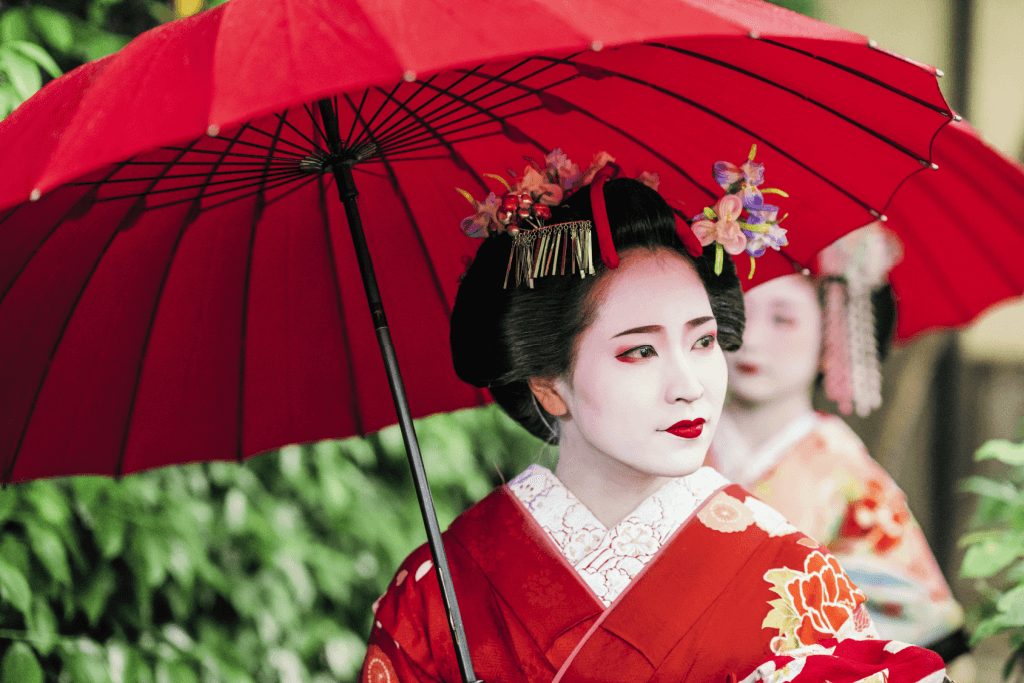
Kiharu Nakamura, Sada Yacco, and Mineko Iwasaki are historical figures in geisha history who have impacted Japanese culture and entertainment. These talented artists have captivated audiences with exceptional skills, mesmerizing performances, and unwavering dedication.
Their grace, beauty, and artistic talent represent the essence of geisha culture and traditional Japanese performing arts. Join us as we explore these iconic geishas’ fascinating lives and legacies, celebrating their impressive achievements and profound influence on the world stage.
What is a geisha?
A geisha symbolizes grace, elegance, and refined artistry in the captivating world of Kyoto. These highly skilled entertainers specialize in traditional Japanese arts like dance, music, and tea ceremonies. They are respected professionals and not courtesans.
Generally, geishas start training at a young age in establishments called okiya under the guidance of female proprietors known as okaasan, which also means “mother.” They perform at social events, creating a harmonious atmosphere and captivating guests with charm and conversation skills.
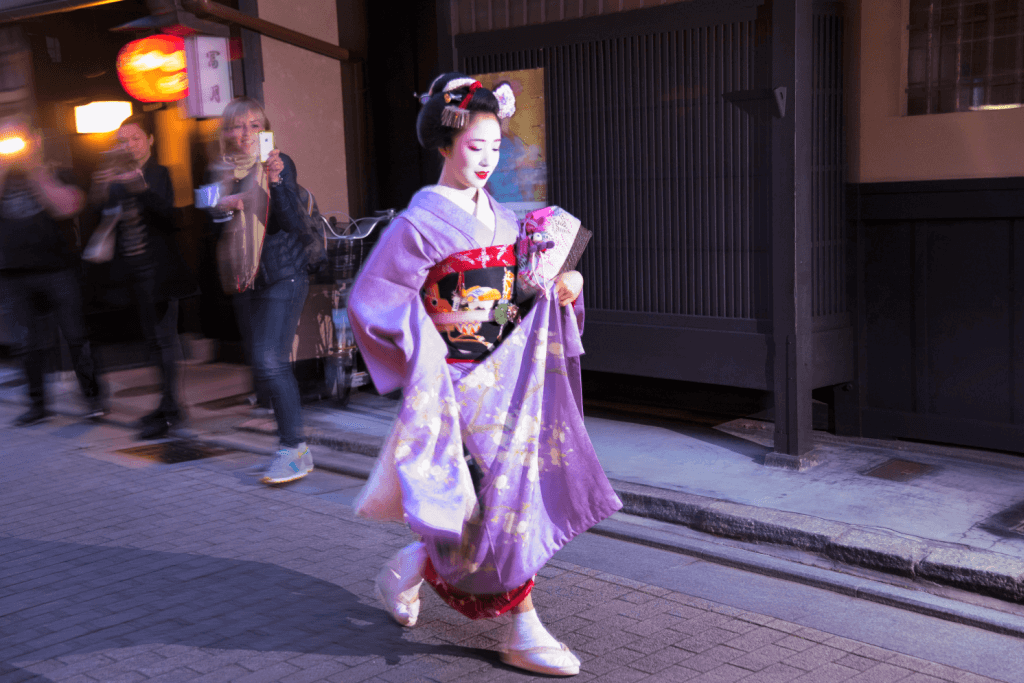
Although their numbers have declined, Kyoto remains a haven for this cherished tradition. Geisha districts like Gion and Pontocho preserve an enchanting old-world charm, where you might see geishas gracefully walking the streets. Remember to respect their privacy, as encounters with geishas are usually reserved for formal occasions.
Geishas go beyond their role as entertainers. They represent Japanese aesthetics and strive for perfection in all aspects of life. They are symbols of beauty and artistry, reflecting Kyoto’s rich heritage and commitment to craftsmanship. Some geishas have also become notable performers and storytellers throughout history. Let’s explore three Japanese geishas who have left a mark on geisha performance.
Mineko Iwasaki
Mineko Iwasaki is a highly respected geisha known for her exceptional artistry and dedication to preserving the geisha tradition. She began her geisha journey at a young age in Kyoto, Japan, where she showed remarkable talent and passion for traditional arts like dancing, music, and tea ceremonies.
Being the top geisha in the Gion Kobu district of Kyoto, Mineko Iwasaki mesmerized audiences with her graceful performances in Japan and abroad. Moreover, her talents earned her admiration and praise. But she didn’t stop there.
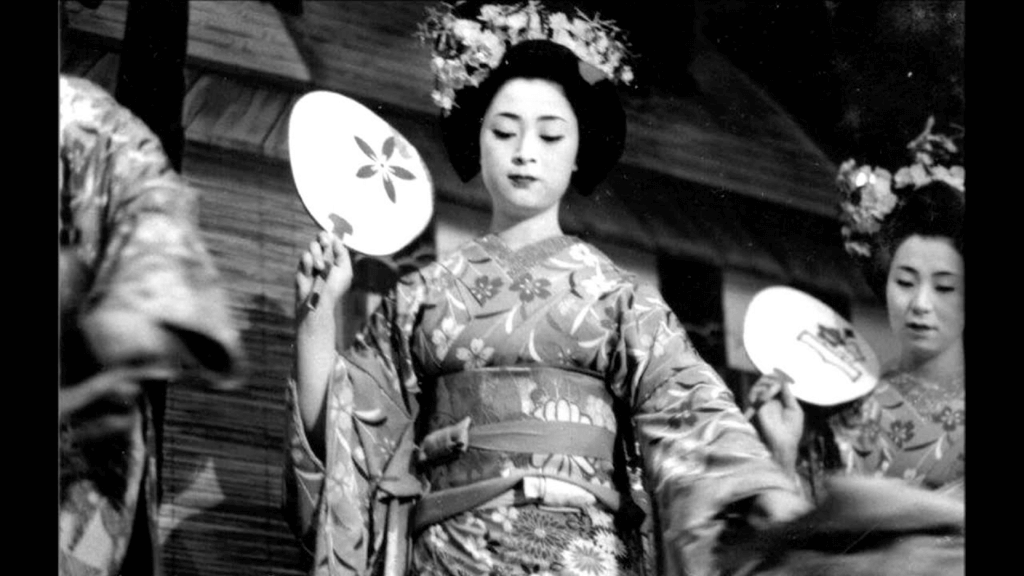
Mineko Iwasaki played a significant role in demystifying the world of geishas. Moreover, it inspired the famous novel Memoirs of a Geisha by Arthur Golden. However, in 2002, she wrote a more comprehensive memoir called Geisha, a Life sharing her personal experiences and shedding light on the true nature of being a geisha. Her memoir provided an authentic glimpse into geisha culture and dispelled common misconceptions. The fascination and appreciation for geishas have spread worldwide thanks to Mineko Iwasaki.
Are you looking to enjoy even more historical Japanese delights? Check out Sakuraco! Sakuraco delivers traditional Japanese snacks, teas, sweets, and snacks from local Japanese makers directly to your door so you can enjoy the latest treats directly from Japan!
Kiharu Nakamura
Kiharu Nakamura was born on April 14, 1913, in Hokkaido, Japan. She began her journey as a geisha in her mid-teens during the 1920s, becoming a member of the Shimbashi Geisha Association in Tokyo. As a geisha, Kiharu had impressive talents, such as playing musical instruments like the shamisen and tsuzumi. She also learned English, which was beneficial as many essential visitors came to the Shimbashi district. During World War II, she was forced to work as a spy, gathering information from foreign guests.
Seeking a way out of the chaos, Kiharu married Shintaro Ota, a diplomat, and moved with him to India. There, she got involved with Subhas Chandra Bose, an Indian nationalist opposing British rule. This strained her relationship with Ota, and they divorced soon after having a son. Kiharu returned to Tokyo.
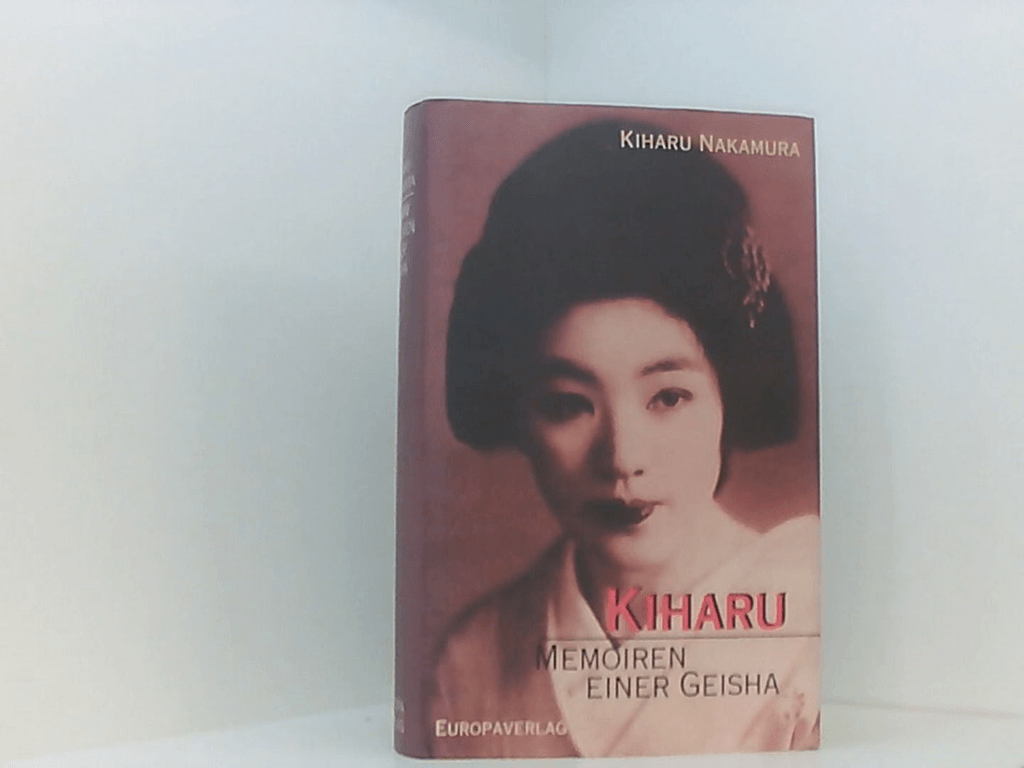
After Japan surrendered in 1945, Kiharu returned to Tokyo after a short stay in the countryside. She later married Masaya Nakamura, a photographer, but they divorced in 1956. During this time, geishas were misunderstood as being involved in prostitution, especially in the West. Kiharu went to New York to challenge this misconception. As a result, she was a lecturer and artistic consultant, sharing her knowledge of geisha traditions and Japanese arts.
One of her notable projects was consulting for the opera “Madame Butterfly” by Puccini, which includes geisha characters. Moreover, Kiharu’s expertise helped ensure a more accurate and respectful portrayal of geisha culture in the production. Unfortunately, Kiharu Nakamura died on January 5, 2004, in New York at 90. Overall, she left a lasting legacy as a geisha, cultural ambassador, and advocate for preserving the authentic geisha culture and Japanese art traditions.
Sada Yacco
Sada Yacco, also known as Kawakami Sadayakko, was born in Tokyo on July 18, 1871. She came from a wealthy family that owned a significant store called Echizen-ya. However, their fortunes changed during the Meiji Restoration when the government focused on industrialization. Because of their financial situation, Sada Yacco’s family sent her to work as a maid at a geisha house in Tokyo when she was only seven years old. This is where she began her journey in the performing arts.
Originally named Sada, she became an apprentice geisha at 12. Additionally, her mentor taught her traditional geisha arts and other skills like judo, horse riding, and billiards. She even learned reading and writing from a Shinto priest. These diverse skills and education made her a symbol of the “modern Japanese woman” during the 1920s.
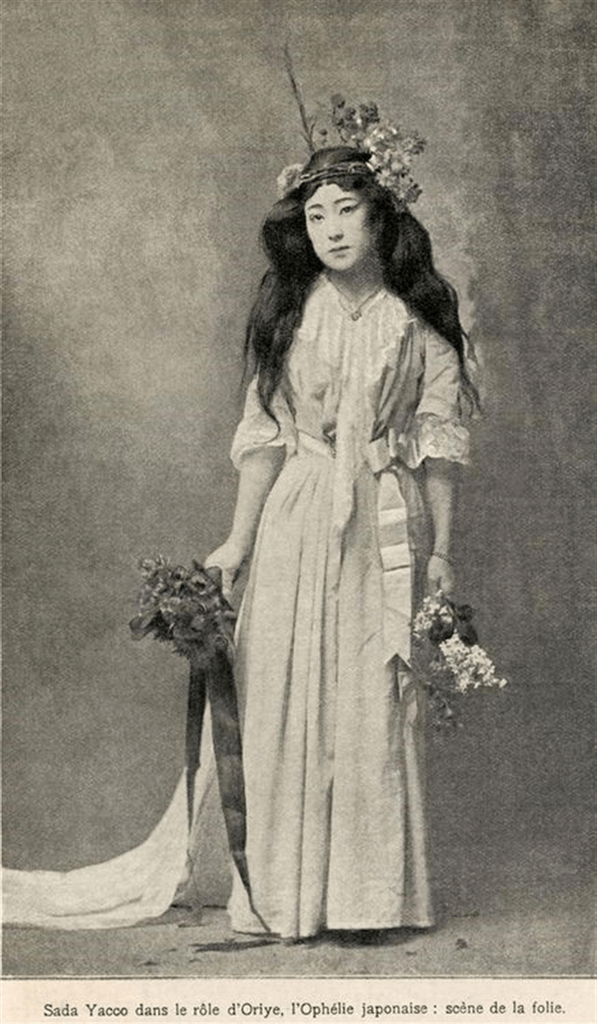
Sada Yacco’s career significantly turned when she married performer Otojiro Kawakami. In the late 1890s, she achieved great success as an actress. The couple traveled to different places, including San Francisco and Europe, where they performed.
As a performer, Sada Yacco became an inspiration for famous figures like painter Pablo Picasso and dancer Isadora Duncan. As a result, she had a lasting impact on high fashion with her unique sense of fashion and dramatic geisha makeup.
In 1901, Sada Yacco returned to Japan and opened the country’s first theater school exclusively for women. This provided aspiring actresses with a platform to improve their skills and pursue their artistic dreams. Her contributions to the arts and dedication to promoting women’s participation in theater left a lasting legacy in Japanese cultural history.
Why are these geisha legendary?
Geishas like Kiharu Nakamura, Sada Yacco, and Mineko Iwasaki have gone beyond their achievements. They represent beauty, grace, and refinement, captivating people worldwide and fostering a cross-cultural appreciation for Japanese culture. All in all, their legacies remind us of the impact of geisha culture and how art can transcend boundaries. Do you have a favorite geisha? Let us know in the comments below.

Discover authentic flavors with Sakuraco
Get Sakuraco 

Discover authentic flavors with Sakuraco
Get Sakuraco 
Related Articles
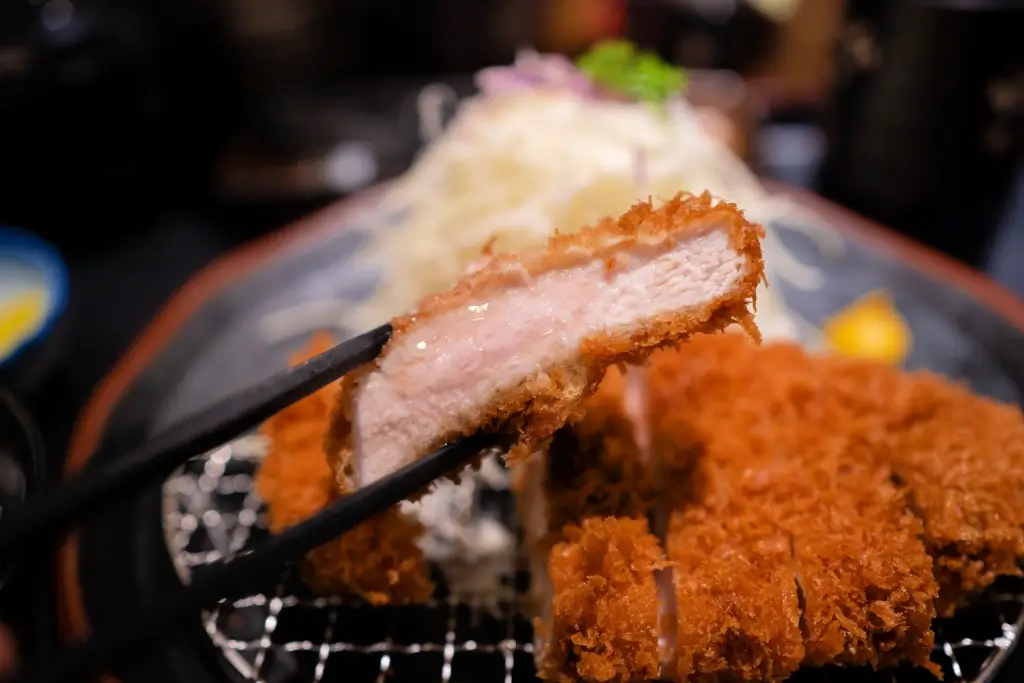
Tonkatsu Luxury Restaurants: Best Ones to Try!
Don’t miss out on tonkatsu if you’re traveling to Japan! Tourists often add the meal to their must-eat list because of its delicious and satisfying nature. Even better, you can elevate the experience by going to luxury restaurants across Japan, where you can experience some of the most celebrated pork cutlets.

Mochi: How is Mochitsuki Made in Japan?
Mochitsuki is the Japanese tradition of pounding steamed rice to make mochi for the New Year. Families and neighbors gather to participate in this lively and meaningful tradition. The teamwork involved helps everyone feel a sense of connection.

Konpeito Candy: What Makes This Starry Treat Shine?
If you are a fan of the famous Demon Slayer series, then you probably know that the favorite treat of the adorable Nezuko Kamado is those tiny, colorful little sweets.

Kinako: The Amazing Roasted Soybean Powder!
Kinako is a very popular ingredient that can easily be found in many traditional Japanese sweets. It has a distinctive flavor, standing alongside other classic tastes such as red bean or sesame. Let’s explore this charming ingredient together, and who knows, you might even be able to make it in your own beloved kitchen!



